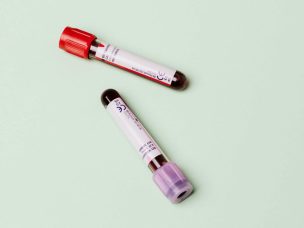FRIDAY, Sept. 11, 2020 (HealthDay News) — Rates of ambulatory heart failure remained steady in the United States between 2001 and 2016, according to a study published online Sept. 2 in JAMA Cardiology.
Leah Rethy, from the Northwestern University Feinberg School of Medicine in Chicago, and colleagues examined the prevalence of ambulatory heart failure overall and by race/ethnicity and age, as well as trends in heart failure prevalence between 2001 and 2016. Analysis included 26,097 participants (mean age, 55.9 years) from the National Health and Nutrition Examination Survey (2001 through 2016).
The researchers found that the overall age-standardized prevalence of ambulatory heart failure was 3,184 per 100,000 from 2001 to 2005 and 3,045 per 100,000 from 2013 to 2016. Non-Hispanic Black adults had the highest prevalence of ambulatory heart failure from 2013 to 2016 (5,017 per 100,000 versus 2,746 per 100,000 among non-Hispanic White adults and 2,508 per 100,000 among Mexican American adults). These racial differences were also seen in younger and middle-aged adults (for 35 to 64 years of age in 2013 to 2016: 3,864 per 100,000 for non-Hispanic Black adults versus 1,297 per 100,000 for non-Hispanic White adults).
“Alongside prevention and aggressive management of risk factors, targeted efforts aimed at mitigating racial disparities are needed,” the authors write.
One author disclosed financial ties to the pharmaceutical industry.
Abstract/Full Text (subscription or payment may be required)










